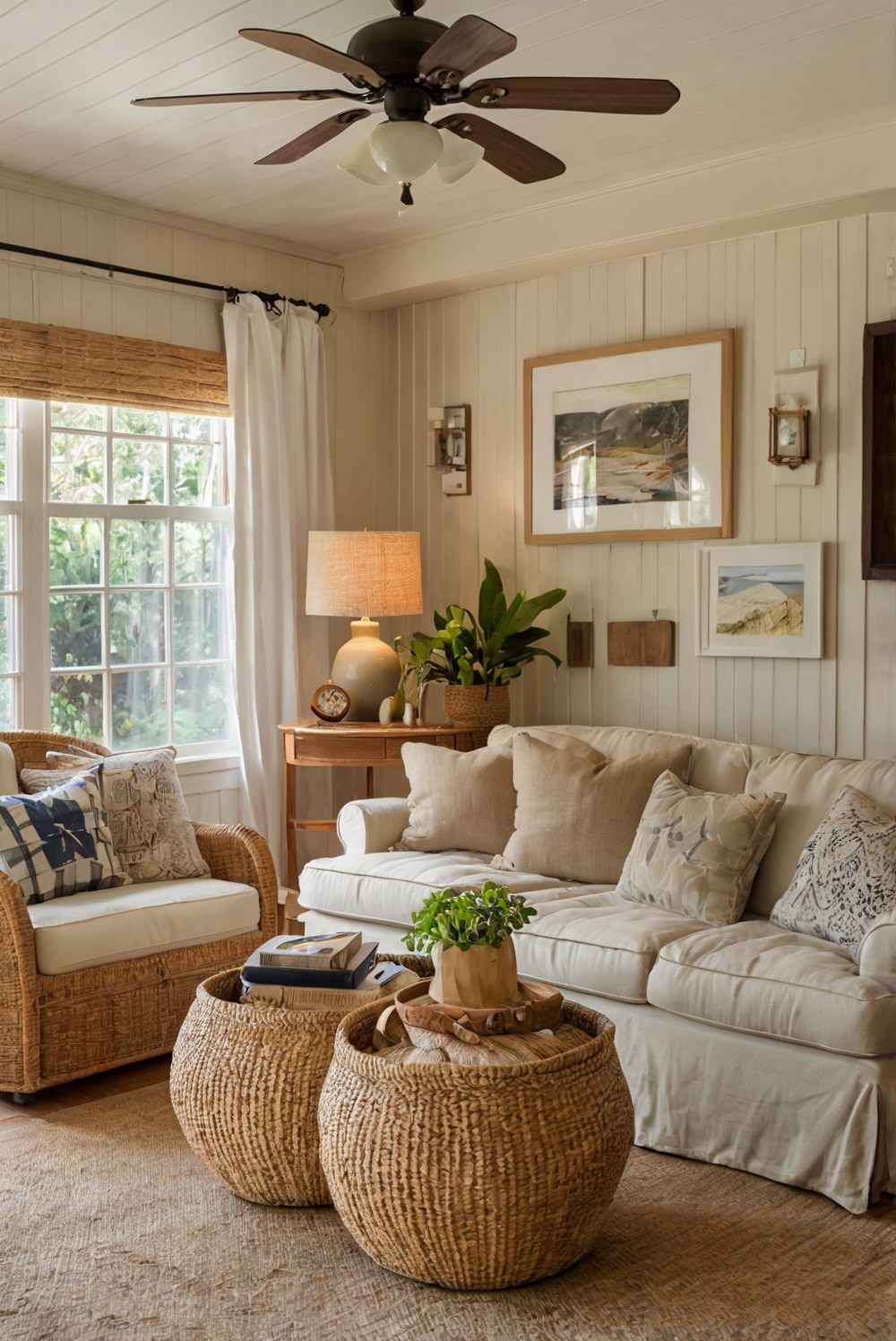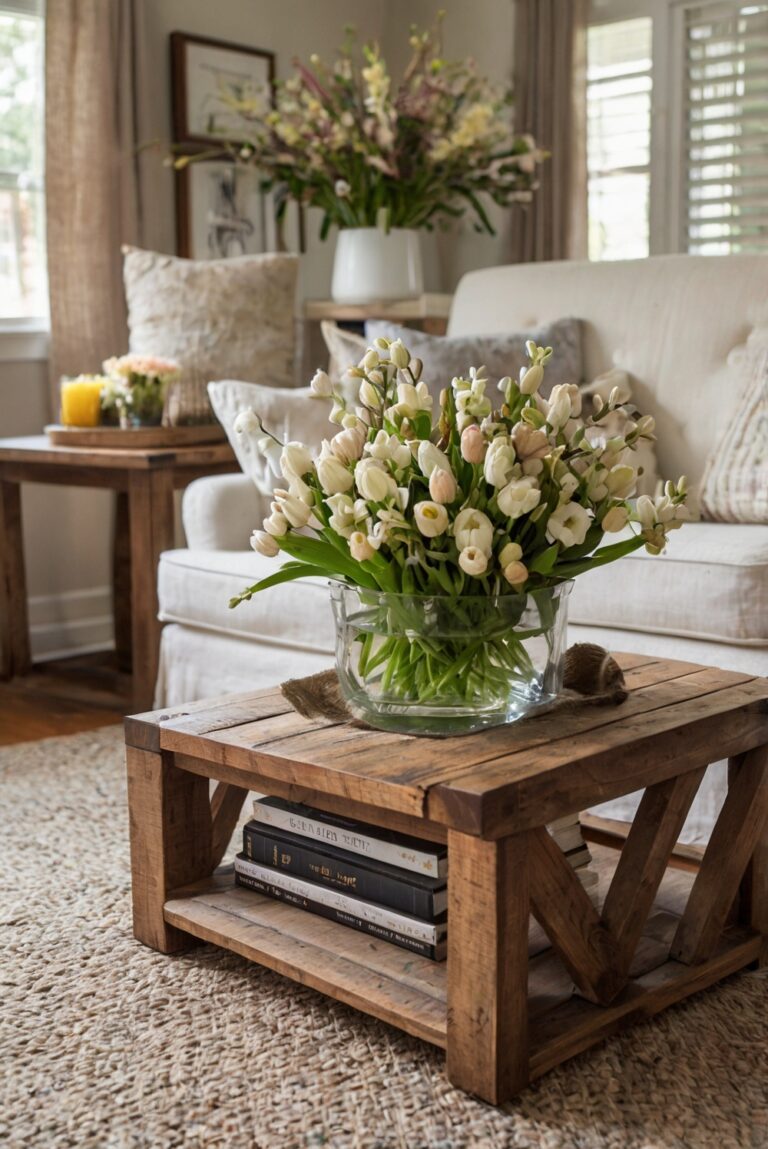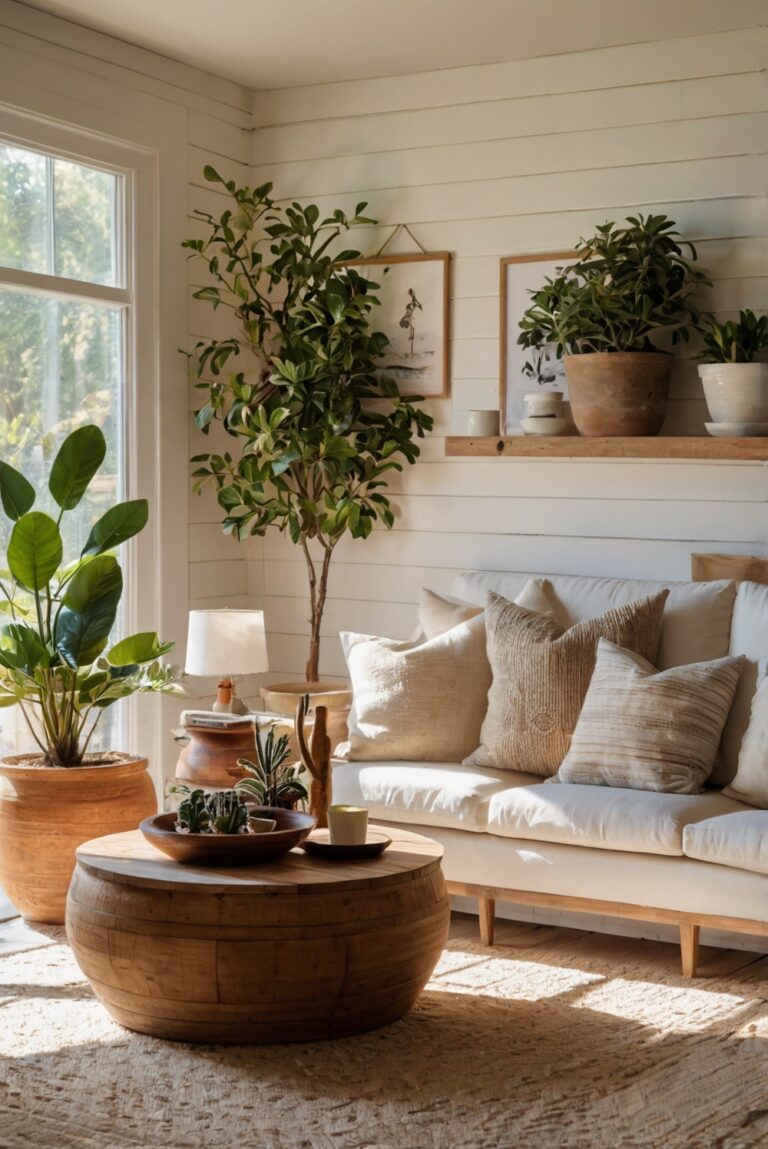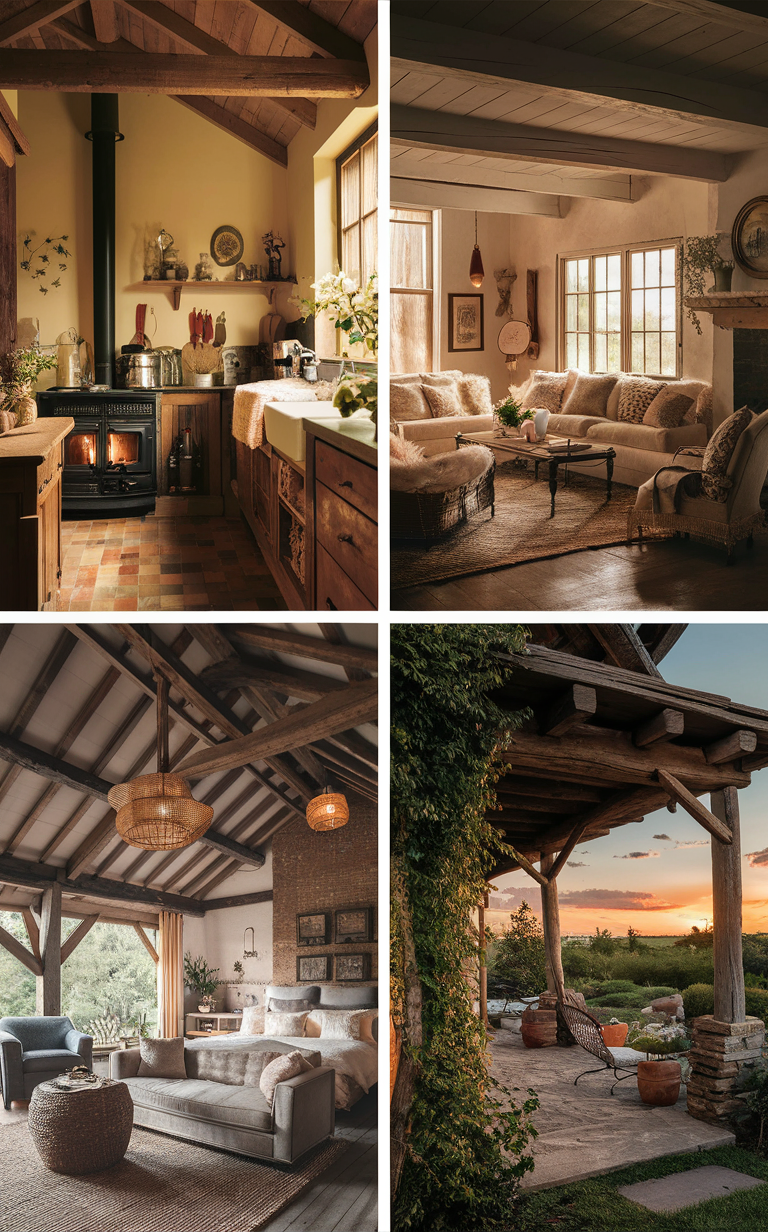Learn how to light up your living room without overhead lighting in this daily interior designer routine. Elevate your space with smart lighting solutions today.
To light a living room with no overhead lighting, you can use a variety of lighting sources such as floor lamps, table lamps, wall sconces, and string lights. These fixtures can provide ambient, task, and accent lighting to create a well-lit and cozy atmosphere. In addition, utilizing mirrors can help reflect light around the room and make it feel brighter. When choosing lighting fixtures, consider the size and layout of the room, as well as the overall style and color scheme of your home decor. Experimenting with different lighting options can enhance the overall look and feel of your living space and make it more inviting and functional.
How to Light a Living Room with No Overhead Lighting
Lighting is crucial in creating the right ambiance and functionality in a living room. When there is no overhead lighting, it’s important to be strategic in how you light the space to ensure it is well-lit and welcoming.
Evaluate the Room
Before you start adding light fixtures, take a good look at your living room. Consider the natural light sources such as windows and doors. Note areas that tend to be darker and where additional lighting is needed. Understanding the layout and the purpose of each area will help you determine the best lighting solutions.
Choose the Right Fixtures
Selecting the right fixtures is essential in lighting up a room without overhead lighting. Opt for a combination of floor lamps, table lamps, wall sconces, and task lighting such as desk lamps. Consider the style of your living room and choose fixtures that complement the decor while providing adequate light.
Positioning of Fixtures
Place floor lamps in dark corners or areas that need additional light. Table lamps can be used on side tables or consoles to create a cozy atmosphere. Wall sconces can be mounted at eye level to add ambient light and enhance the room’s aesthetics. Task lighting should be strategically placed for activities like reading or working.
Layering Light
To create a well-lit living room, it’s important to layer different types of lighting. Combine ambient, task, and accent lighting to achieve the right balance. Ambient lighting provides overall illumination, task lighting serves specific purposes, and accent lighting highlights features or decor elements.
In conclusion, lighting a living room without overhead lighting requires careful planning and consideration. By evaluating the room, choosing the right fixtures, positioning them effectively, and layering light sources, you can create a well-lit and inviting space. Remember to experiment with different light fixtures and placements to achieve the desired ambiance and functionality in your living room.







